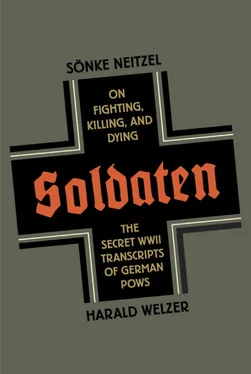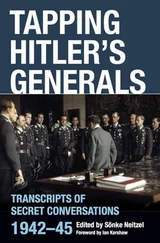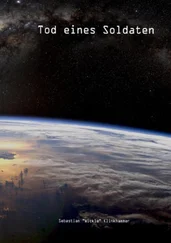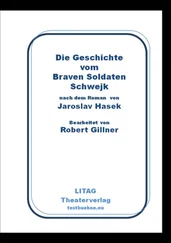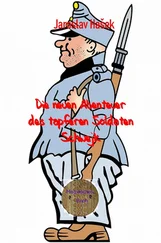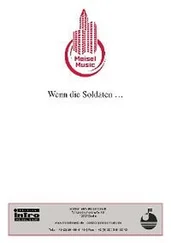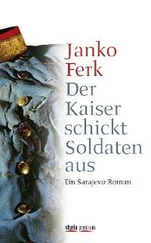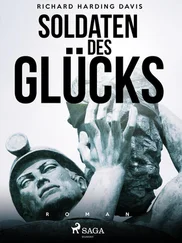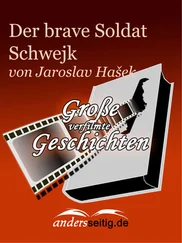In Odessa, some 99,000 Jews were murdered, most of them by Romanian soldiers. Enzyklopädie des Holocaust , Vol. 2, p. 1058ff.
On the Night of Broken Glass in Vienna, see Siegwald Ganglmair and Regina Forstner-Karner, eds., Der Novemberpogrom 1938: Die Reichskristallnacht in Wien (Vienna: Museen der Stadt Wien, 1988); Herbert Rosenkranz, Reichskristallnacht: 9. November 1938 in Österreich (Vienna: Europa Verlag, 1968).
GRGG 281, 8 May–9 May 1945, TNA, WO 208/4177.
SRA 5444, 8 July 1944, TNA, WO 208/4134.
Room Conversation, Swoboda-Kahrad, 2 December 1944, NARA, RG 165, Entry 179, Box 552.
SRA 4820, 13 January 1944, TNA, WO 208/4132.
Lvov was home to the Janowska concentration camp, which did not, however, have gas chambers. Estimates of the number of people murdered there range from tens of thousands to 200,000. Enzyklopädie des Holocaust, Vol. 2, p. 657ff. The nearest gas chambers were located at the Belzec concentration camp, some seventy kilometers to the northwest. From mid-March to December 1942, as many as 600,000 Jews, “gypsies,” and Poles were murdered there. On the murders of Jews in Galicia, see Thomas Sandkühler, “Endlösung” in Galizien (Bonn: Dietz, 1996).
We can no longer reconstruct how much Ramcke knew about the Holocaust. The fact that he only fought for around four weeks, in February and March 1944, on the Eastern Front in Ukraine would suggest his knowledge was limited.
GRGG 272, 13 March–16 March 1945, TNA, WO 208/4177.
Welzer, Täter, p.158ff.
Kutno was conquered by German troops on 15 September 1939. In June 1940, the Jewish population was confined to a ghetto, where they lived under terrible conditions. In March and April 1942, the ghetto was dissolved, and its inhabitants killed at the Kulmhof extermination camp. Evidence has yet to emerge of any mass executions of Jews in Kutno.
GRGG 272, 13 March–16 March 1945, TNA, WO 208/4177.
Ibid.
In her book Eichmann in Jerusalem, Hannah Arendt wrote of Eichmann’s complete inability to conceive of what he had done. It is possible, though, that her impression was mistaken, based as it was on Eichmann’s indolence and indifference during his trial. It’s more likely that the normative standards Eichmann followed in tirelessly carrying out his duties at the Main Office for Reich Security simply deviated from those that normally apply elsewhere. Eichmann was guided by National Socialist morality. Postwar conservative German politician Hans Karl Filbinger implicitly pointed to those standards as a justification for his own role as a navy judge in handing out death sentences, when he said: “What was just back then cannot be unjust today.”
SRM 33, 31 January 1942, TNA, WO 208/4136.
SRA 3313, 30 October 1942, TNA, WO 208/4128.
Taumberger is presumably talking here about the subterranean facility at Gusen, Austria, where the Messerschmitt 262 fighter jet was supposed to be produced.
SRA 5618, 24 September 1944, TNA, WO 208/4134.
Welzer, Moller, and Tschuggnall, Opa, p. 158.
Room Conversation, Müller–Reimbold, 22 March 1945, NARA, RG 165, Entry 179, Box 530.
William Ryan, Blaming the Victim (London: Pantheon, 1972).
Broszat, ed., Rudolf Höß, p. 130.
Daniel Jonah Goldhagen, Hitlers willige Vollstrecker: Ganz gewöhnliche Deutsche und der Holocaust (Munich: Siedler, 1996), p. 462ff.; Browning, Ganz normale Männer, pp. 154, 332.
See Welzer, Moller, and Tschuggnall, Opa, p. 57.
Cited in Browning, Ganz normale Männer, p. 34.
Welzer, Täter, p. 132ff.
Hilberg, Die Vernichtung, p. 338ff.
Ibid., p. 339.
SRN 852, 11 March 1942, TNA, WO 208/4143; Heinz-Ludger Borgert, “Kriegsverbrechen der Kriegsmarine,” in Kriegsverbrechen im 20: Jahrhundert, Wolfram Wette and Gerd R. Ueberschär, eds. (Darmstadt: Wissenschaftlicher Burgergesellschaft, 2001), pp. 310–12; Enzyklopädie des Holocaust, Vol. 2, p. 859ff.
SRA 4759, 25 December 1943, TNA, WO 208/4132.
SRM 1163, 5 January 1945, TNA, WO 208/4140.
SRA 3948, 16 April 1943, TNA, WO 208/4130.
SRN 720, 25 December 1941, TNA, WO 208/4143.
SRCMF X 16, 29 May–2 June 1944, TNA, WO 208/5513; conversation between M 44/368 and M 44/374, cited in Anette Neder, “Kriegsschauplatz Mittelmeerraum: Wahrnehmungen und Deutungen deutscher Soldaten im Mittelmeerraum” (Master’s thesis, University of Mainz, 2010), p. 70.
SRA 554, 18 September 1940, TNA, WO 208/4119.
SRA 5264, 14 May 1944, TNA, WO 208/4133.
SRA 2947, 10 August 1942, TNA, WO 208/4127.
Room Conversation, Quick–Korte, 23 July 1944, NARA, RG 165, Entry 179, Box 529.
GRGG 169, 2–4 August 1944, TNA, WO 208/4363.
Room Conversation, Schulz–Voigt, 16 June 1944, NARA, RG 165, Entry 179, Box 557.
SRA 554, 18 September 1940, TNA, WO 208/4119; Lieb, Konventioneller Krieg, pp. 15–19.
SRA 3966, 26 April 1943, TNA, WO 208/4130.
SRM 410, 16 December 1943, TNA, WO 208/4137.
SRM 423, 24 December 1943, TNA WO 208/4137.
SRM 892, 15 September 1944, TNA, WO 208/4139.
SRM 975, 20 October 1944, TNA, WO 208/4139.
SRA 5852, 3 May 1945, TNA, WO 208/4135.
Room Conversation, Goessele–Langer, 27 December 1944, NARA, RG 165, Entry 179, Box 474.
Room Conversation, Drosdowski–Richter, 11 January 1945, NARA, RG 165, Entry 179, Box 462.
SRM 659, 18 July 1944, TNA, WO 208/4138.
Room Conversation, Müller–Reimbold, 22 March 1945, NARA, RG 165, Entry 179, Box 530.
Room Conversation, Hanelt–Breitlich, 3 April 1945, NARA, RG 165, Entry 179, Box 447.
GRGG 232, 8–11 December 1944, TNA, WO 208/4364. On euthanasia and earlier ideas of eugenics in Wilhelmine and Weimar Germany, see Ernst Klee, “Euthanasie” im NS-Staat: Die Vernichtung lebensunwerten Lebens (Frankfurt/Main: Fischer Verlag, 1985).
Читать дальше
